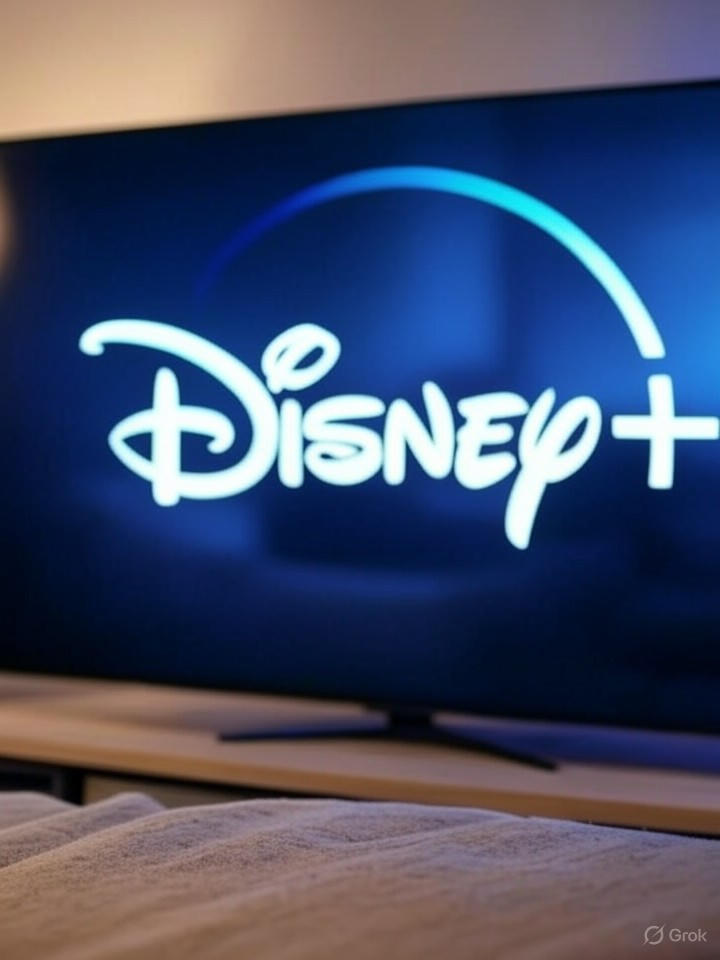Disney’s decision to phase out the standalone Hulu app marks a pivotal shift in its streaming strategy, aiming to consolidate its offerings under the Disney+ umbrella. Announced during the company’s quarterly earnings call on August 6, 2025, the move will see Hulu fully integrated into Disney+ by early 2026, effectively ending the Hulu app’s independent existence. This integration isn’t a complete shutdown of Hulu’s content; rather, it’s a unification that promises a single app experience for subscribers, bundling family-friendly Disney fare with Hulu’s edgier, adult-oriented programming.
The timeline for this transition remains somewhat fluid, with Disney indicating a “date window” in the first half of 2026, as reported by ComingSoon.net. Current Hulu subscribers won’t lose access overnight—Disney has assured that existing accounts will migrate seamlessly to Disney+, preserving watch histories, profiles, and preferences. However, the standalone app will be deprecated, pushing users toward the combined platform.
Strategic Rationale Behind the Consolidation
At its core, this decision stems from Disney’s push for operational efficiency amid fierce competition in the streaming market. By merging Hulu into Disney+, the company aims to reduce development costs associated with maintaining two separate apps, including updates, bug fixes, and user interface enhancements. Industry analysts note that this echoes broader trends where media giants streamline portfolios to boost profitability—Disney’s streaming division has been under pressure to turn consistent profits after years of heavy investments.
Moreover, the integration allows Disney to leverage its ownership stake in Hulu, which it fully acquired in 2019 after buying out Comcast’s remaining interest. As detailed in a recent article from Yardbarker, this move builds on the beta testing of a bundled app launched in late 2023, which already offered Hulu content within Disney+ for bundle subscribers. The full shutdown accelerates that vision, potentially increasing user engagement by simplifying navigation and reducing app-switching fatigue.
Impact on Subscribers and Pricing Dynamics
For the millions of Hulu users—estimated at over 50 million as of mid-2025—the change could be a mixed bag. Those subscribed only to Hulu will need to transition to Disney+, where base plans start at $9.99 monthly, compared to Hulu’s ad-supported tier at $7.99. Bundle options, however, might soften the blow; the Disney Bundle, including Disney+, Hulu, and ESPN+, remains priced at $14.99 with ads, offering value for multi-service users.
Concerns about content availability have surfaced, particularly for live TV subscribers via Hulu + Live TV. Disney has clarified that live streaming will continue within the new app, but some users on platforms like Reddit and X have voiced worries about potential disruptions. Posts on X, reflecting subscriber sentiment as of August 6, 2025, highlight frustrations with past price hikes and account-sharing restrictions, with one user noting the irony of Disney’s “woke policies” driving subscriber churn while pushing consolidations.
Technological and User Experience Considerations
From a technical standpoint, the merger involves significant backend work to ensure smooth content migration. Disney’s engineers will integrate Hulu’s vast library—spanning originals like “The Handmaid’s Tale” and licensed hits from networks like FX—into Disney+’s ecosystem without losing metadata or recommendations. This isn’t without precedents; similar integrations have occurred in other services, but Disney’s scale amplifies the risks of glitches during rollout.
User experience improvements are a key selling point. The unified app promises a more intuitive interface, with personalized hubs for Hulu content accessible via a dedicated tile. As explained in ZDNet’s coverage, subscribers should prepare by updating their Disney+ apps and linking accounts if not already bundled, to avoid any access issues come 2026. Early adopters of the beta have praised the seamless blending, though some report lingering bugs in content discovery.
Broader Industry Implications and Competitive Pressures
This shutdown underscores Disney’s aggressive response to a maturing streaming sector, where subscriber growth has slowed and ad revenues are increasingly vital. By centralizing under Disney+, the company can better monetize through targeted advertising, especially as it rolls out ad-supported tiers globally. Competitors like Netflix and Warner Bros. Discovery have pursued similar unifications—think Max absorbing HBO Max—to cut redundancies and enhance data analytics for better retention.
Financially, the move could bolster Disney’s bottom line. The streaming unit reported its first profitable quarter in Q2 2025, per earnings data, and analysts from firms like MoffettNathanson project that full Hulu integration might add $500 million in annual savings by eliminating duplicate infrastructure. Yet, risks remain: if the transition alienates users, it could accelerate churn, especially amid economic pressures prompting cord-cutting.
Historical Context and Future Outlook
Hulu’s journey began in 2007 as a joint venture among media heavyweights like News Corp., NBCUniversal, and Disney, designed to counter YouTube’s rise with ad-supported TV episodes. Over time, it evolved into a robust streamer with live TV and originals, but Disney’s dominance post-acquisition shifted its fate toward absorption.
Looking ahead, this could pave the way for further expansions, such as incorporating more international content or ESPN integrations. As SuperHeroHype reports, Disney executives emphasize that the goal is a “one-app experience” to rival Amazon Prime Video’s all-in-one model. For industry insiders, this signals a consolidation wave, where standalone apps give way to mega-platforms, reshaping how content is delivered and consumed.
Potential Challenges and Mitigation Strategies
Not everything is rosy; regulatory scrutiny could emerge if the merger is seen as reducing consumer choice, though it’s unlikely given Hulu’s prior integration efforts. Subscriber backlash, evident in X discussions from August 6, 2025, includes complaints about forced migrations and potential ad increases—Hulu’s terms already warn of non-ad-free experiences in some cases.
To mitigate, Disney plans robust communication campaigns, including in-app notifications and support resources. Experts suggest users back up watchlists and explore bundle deals early. Ultimately, this bold step positions Disney for long-term dominance, but its success hinges on execution and user adaptation in an ever-evolving digital entertainment arena.




 WebProNews is an iEntry Publication
WebProNews is an iEntry Publication